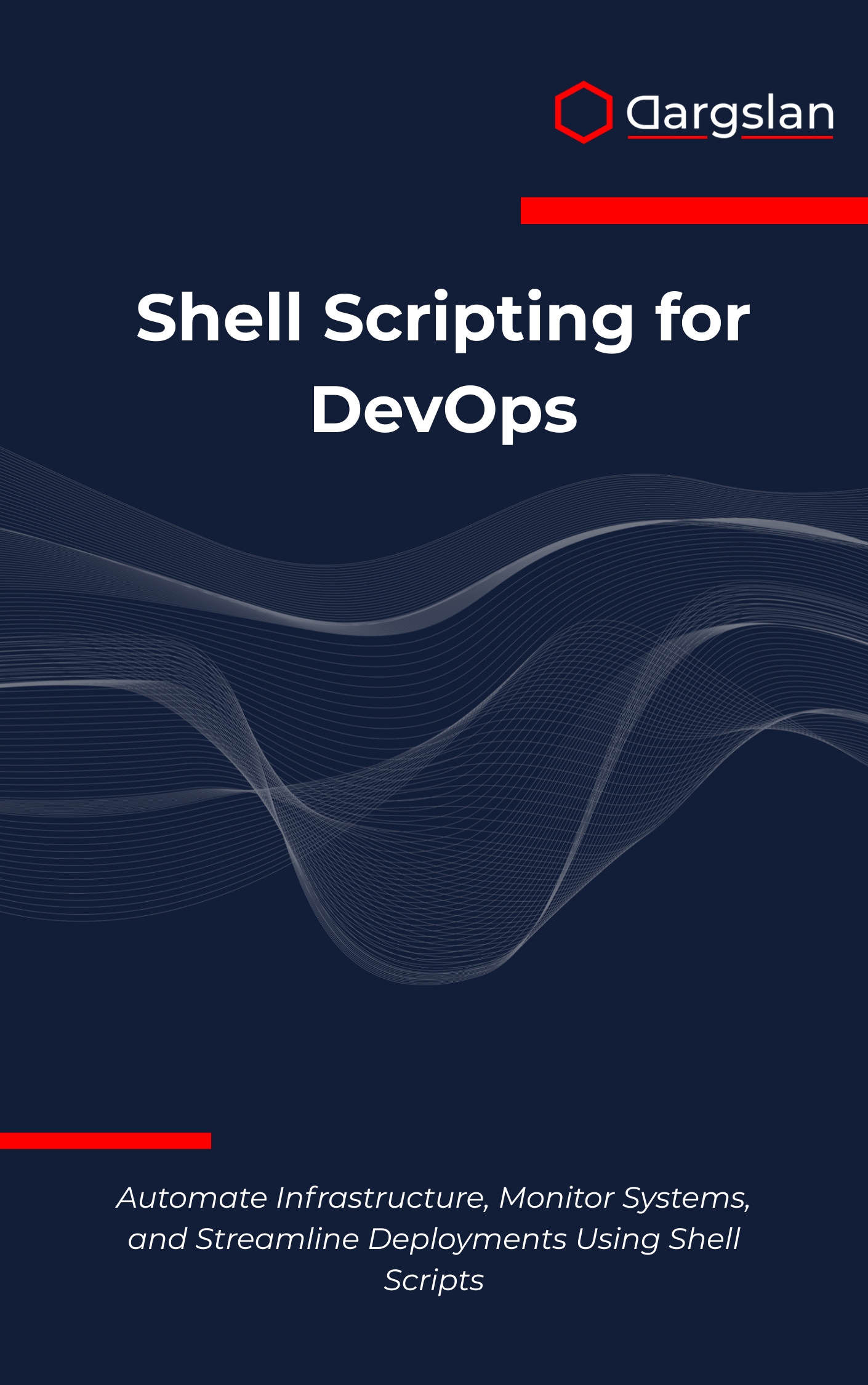Shell Scripting for DevOps
Shell Scripting for DevOps,Automate deployments and infrastructure with shell scripting for modern DevOps teams.

In high-velocity engineering teams, small scripts create massive leverage. With the right shell patterns, you can eliminate repetitive work, standardize environments, and speed up releases without sacrificing reliability.
For practitioners building and running modern platforms, this practical guide shows how to turn everyday commands into dependable automation for provisioning, monitoring, and deployments. If you want fewer manual steps and fewer 3 a.m. incidents, you’re in the right place.
Automate Infrastructure, Monitor Systems, and Streamline Deployments Using Shell Scripts
Overview
Shell Scripting for DevOps is a hands-on, production-focused resource that elevates your command-line skills into real automation outcomes. It teaches how to Automate Infrastructure, Monitor Systems, and Streamline Deployments Using Shell Scripts across fast-moving DevOps & Cloud environments, bridging the gap between manual ops and scalable delivery.
This IT book is both a programming guide and a technical book, designed to take you from shell scripting fundamentals to advanced workflows that power reliable platforms. You’ll master infrastructure automation and system provisioning, implement monitoring and alerting, and streamline application deployment with repeatable, testable patterns.
Beyond the basics, the book dives into CI/CD pipeline integration and remote server management, showing exactly how to connect scripts to builds, tests, artifact promotion, and zero-downtime rollouts. You’ll learn how to align with Infrastructure as Code, apply security best practices, and develop scalable scripting techniques that hold up under real production load.
Every chapter emphasizes error handling and logging, performance optimization, and DevOps toolchain integration. Expect practical examples that use SSH, systemd, cron, curl, jq, awk, and sed to create robust pipelines, health checks, blue-green and canary strategies, and safe rollbacks that operators trust.
You’ll find case studies, checklists, and reusable templates that help you ship confidently. By the end, you’ll have a toolkit for building idempotent provisioning scripts, hardening deployments, wiring alerting into your operational workflows, and integrating scripts with services across Linux distributions and cloud platforms.
Who This Book Is For
- DevOps engineers and SREs who want to standardize runbooks and reduce toil with battle-tested automation patterns that improve uptime and MTTR.
- Sysadmins and platform engineers aiming to upskill into cloud-native operations and CI/CD, with clear outcomes for provisioning, monitoring, and release orchestration.
- Developers who own delivery pipelines and want to ship faster with fewer incidents—start automating repetitive tasks today and become a force multiplier for your team.
Key Lessons and Takeaways
- Write reliable, maintainable scripts with strict modes, functions, and modular libraries—complete with traps, input validation, and predictable exit codes for safer automation.
- Design idempotent workflows for system provisioning and configuration, streamline application deployment, and implement CI/CD pipeline integration that supports rollbacks and progressive delivery.
- Build observability into automation: monitoring and alerting hooks, error handling and logging, performance optimization for large fleets, and secure remote server management at scale.
Why You’ll Love This Book
The guidance is laser-focused on real-world use, with step-by-step walkthroughs that map directly to production scenarios. You get clear explanations, annotated examples, and repeatable patterns you can copy, adapt, and ship the same day.
Every technique is grounded in operational reality—think guardrails for secrets, safe environment promotion, resilient retries, and fast, informative logs. Templates, checklists, and mini playbooks help you avoid pitfalls and adopt best practices without the guesswork.
How to Get the Most Out of It
- Start with the fundamentals to establish solid habits, then progress into provisioning, monitoring, and deployment chapters before tackling advanced integrations and security topics.
- Apply each concept to a live use case: automate a routine task, codify a runbook, or replace a manual checklist. Use version control, peer reviews, and small increments for safe rollout.
- Build mini-projects: an idempotent server bootstrapper, a health-check and alerting watchdog, and a CI/CD job that promotes artifacts with canary verification and automatic rollback.
Get Your Copy
Ready to turn shell scripts into a dependable automation layer for your platform? Level up your delivery velocity, stability, and confidence—one script at a time.




